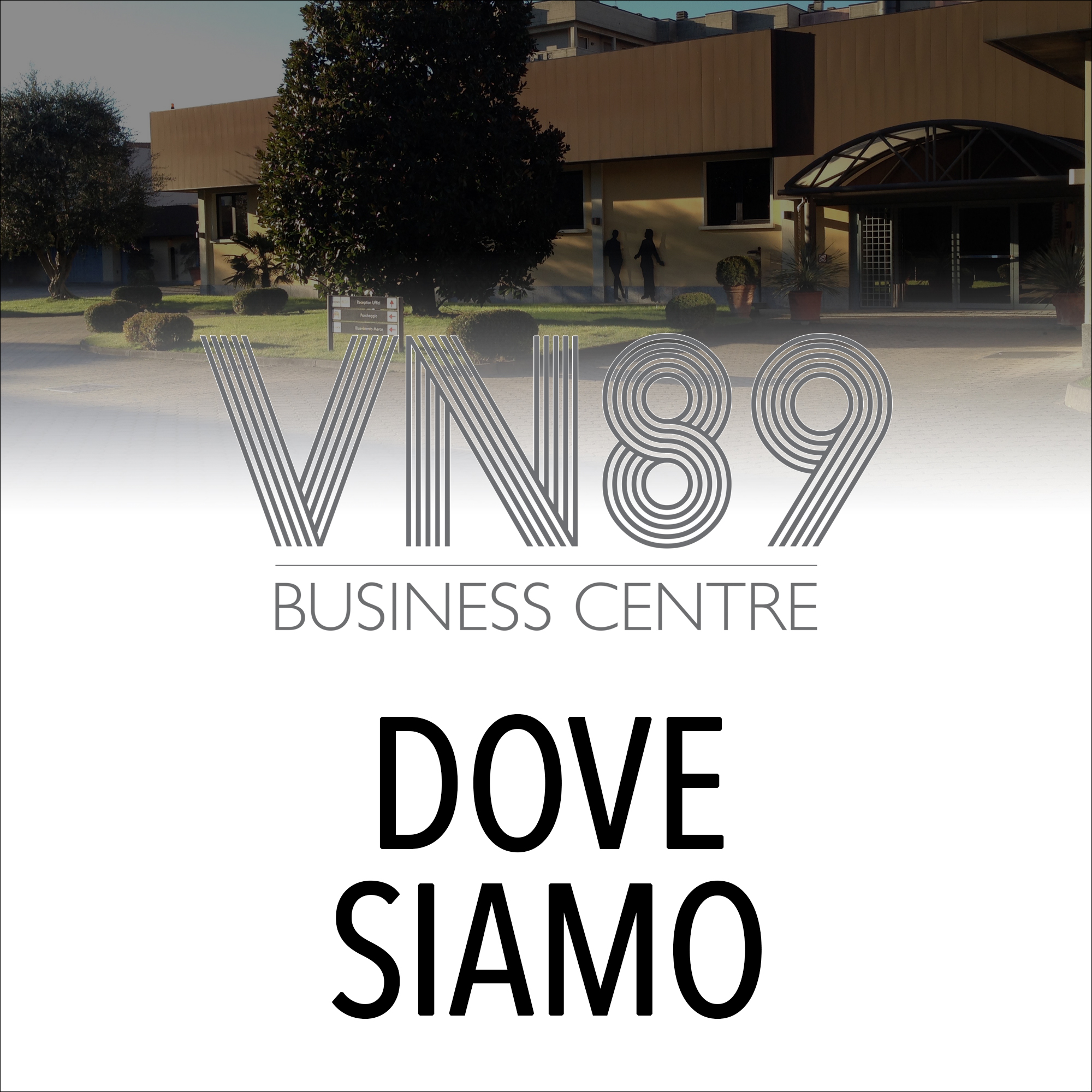Top 6 Things You May Not Know About Centrifuges
1. The process of centrifugation can be traced back to the mid-15th century, when hand-driven centrifuge systems were used to separate milk.
2. In 1864, this ad hoc system of milk separation was commercialized by Antonin Prandtl, who developed the first dairy centrifuge for the purpose of separating cream from milk.
3. The potential of the centrifuge in the laboratory setting was first exploited by Friedrich Miescher. In 1869, Miescher used a crude centrifuge system to isolate a cell organelle. This process led to the discovery of an important new class of biological constituents, later to be known as nucleic acids.
4. In 1879, the first continuous centrifugal separator was demonstrated by Gustaf de Laval. This development made the commercialization of the centrifuge a possibility for the first time.
5. Swedish chemist Theodor Svedberg developed the ultracentrifuge in the 1920s, a feat which, along with his studies in the chemistry of colloids, won him the Nobel Prize for Chemistry in 1926.
6.Interest in the isolation of viruses brought Edward Pickels and Johannes Bauer together to build the first high-speed vacuum centrifuge suitable for the study of filterable viruses. Later, Pickels went on to develop the more convenient, electrically driven ultracentrifuge.
Top 5 Questions You Should Ask When Buying a Centrifuge
1. What is the maximum g-force the centrifuge can generate?
2. How does the company’s centrifuge differ from other ones that have the same speed and capacity?
3. What kind of warranty comes with the centrifuge and what does it cover?
4. If the company discontinues the product, for how many years do they provide accessories and parts for the centrifuge?
5. Ask about cost of the purchase—not just the price of the product being installed but the total cost of ownership, which includes price, service expectations, warranty, etc.
















